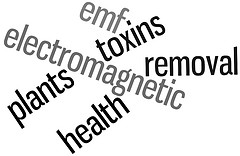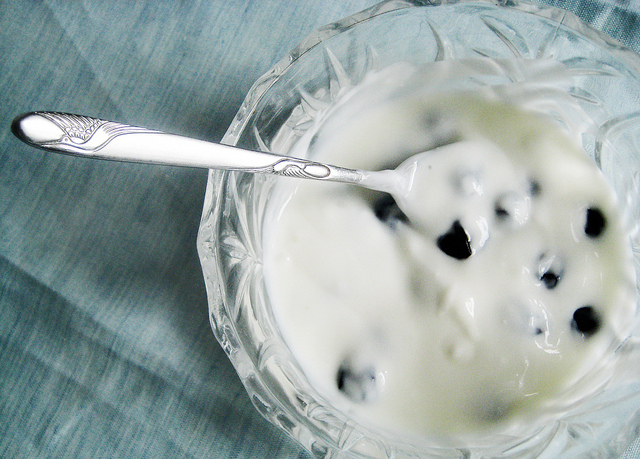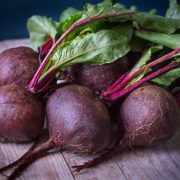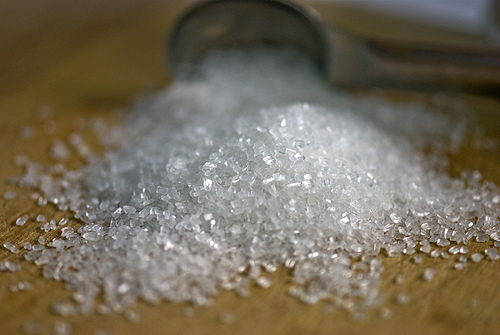Top 10 Things You Can Do To “Practice Prevention”
 1) Buy non-toxic products for your home. Many products that people use in their home surprisingly contain highly toxic materials. Fortunately, non-toxic alternatives for most of these products exist. Buy less toxic cleaning products. Avoid pesticides. Replace mercury thermometers with digital ones.
1) Buy non-toxic products for your home. Many products that people use in their home surprisingly contain highly toxic materials. Fortunately, non-toxic alternatives for most of these products exist. Buy less toxic cleaning products. Avoid pesticides. Replace mercury thermometers with digital ones.
2) Keep indoor environments healthy. Pesticides and other toxic chemicals can be tracked in from the outdoors onto the floors where children play. Wipe shoes on doormats and leave them at the door. Also vacuum regularly with a HEPA (High Efficiency Particulate Air) filter vacuum. Old vacuums can blow contaminated dust from the carpet out into the air. Dust particles can be inhaled and ingested after settling on food, hands and furniture.
3) Avoid plastics with Bisphenol A. BPA has been shown to exhibit hormone-like properties in humans. BPA is found in water bottles and the linings of canned food.
4) Don’t reheat or microwave foods in plastic containers. Many plastics when heated leech toxins that can cause reproductive disorders and cancer and disrupt the hormone messaging system in the body.
5) Eat lower on the food chain. Many toxins bioaccumulate up the food chain and are stored in fatty tissues. Choose low-fat dairy, remove the fat from meats, and substitute grains, bean sand vegetables whenever possible.
6) Choose fish low in mercury and heavy metals. Safe fish include: anchovies, arctic char, halibut (Pacific), herring, jellyfish, mackerel, mullet, mussels, oysters, pollock, sablefish, sardines, and trout. Fish to avoid include: Bluefin tuna, Chilean sea bass, cod (Atlantic), dogfish, flounder, grouper, halibut (Atlantic) monkfish, orange roughy, sharks, skates, sole (Atlantic), and tilefish.
7) Buy organic and local. Whenever possible, buy organic and locally grown foods. Organic foods are grown without highly hazardous pesticides and eating organic lowers your exposure to pesticides. Buying locally grown foods means you are supporting regional farmers and not suing limited natural resources to truck or ship food in.
8) Dispose of household toxic products properly. Many items in our homes-from paints to pesticides, batteries, and even energy- efficient compact fluorescent light bulbs- contain toxic ingredients. Be sure to dispose of these items properly, which generally means dropping them off at your local household hazardous waste site.
9) Educate yourself about the issues. There is a vast amount of information available about toxic pollution and its impact on human health and the environment. Take the time to read up on the issues and educate yourself. For the latest news, see www.environmentalhealthnews.org.
10) Get involved. Many communities are no longer using pesticides on public parks and recreational areas and are asking school districts to use integrated pest management practices. For information about how you can take steps in your community, see www.beyondpesticides.org, www.ewg.org and www.chej.org.











